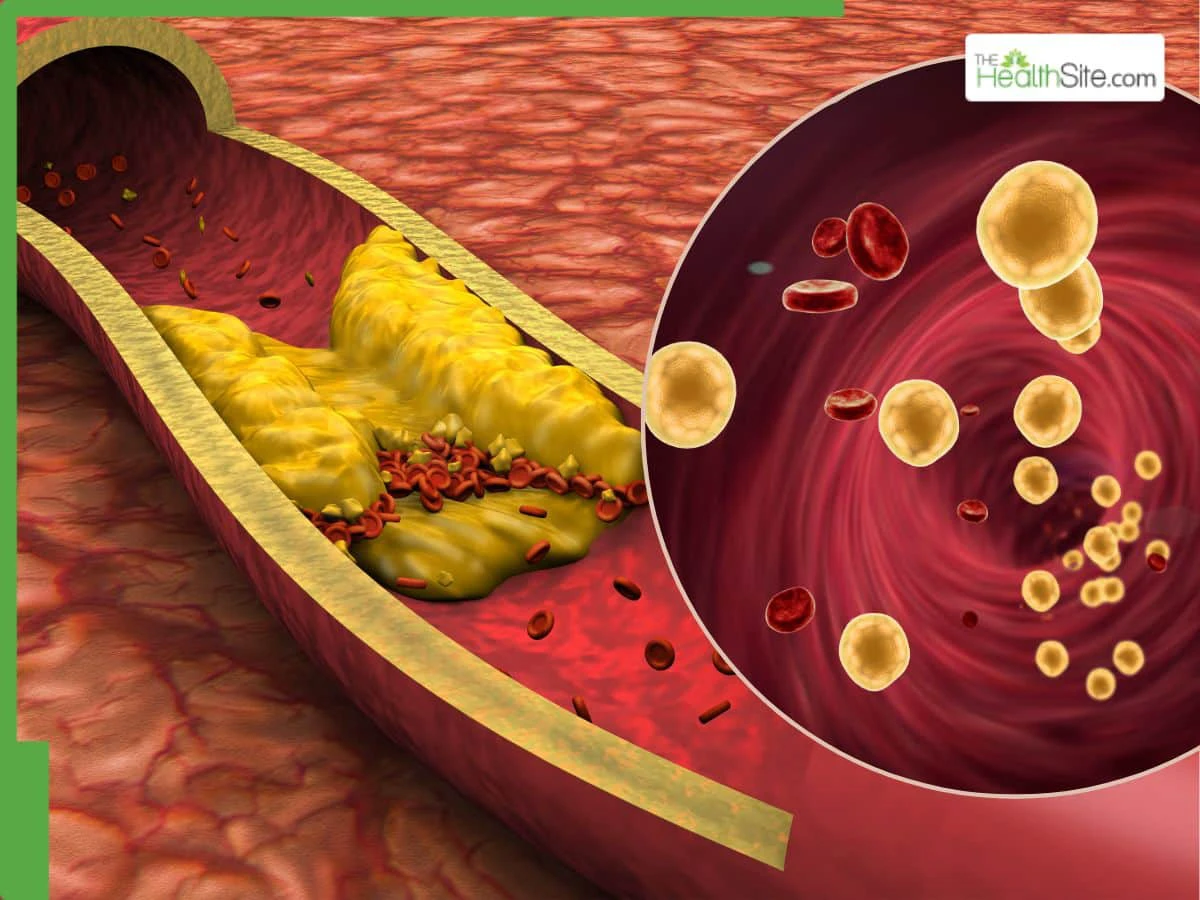One of the most rampant diseases today is driven due to the fluctuation in the cholesterol levels. Know exactly what it is and a lot more.
Cholesterol: The world is currently dealing with a pandemic of diseases, and cholesterol-related diseases top the charts. The rise in diseases that are related to cholesterol is a significant marker of how there is a lack of awareness around the condition. The unprecedented cases of heart attacks, cardiovascular diseases call for the right information about cholesterol.
What Is Cholesterol?
Cholesterol is an active a type of (fat that’s crucial for various functions of the body. The liver is the production unit of cholesterol that is required by our body. Besides this, one can get cholesterol from animal-based foods and other dairy products. It is extremely crucial for the body as it plays an unparalleled role in cell membrane structure, production of hormones which even includes sex hormones and stress hormones, and it also aids the formation of bile acids, which is a prerequisite for digestion.
Like most of the things, cholesterol too does have two sides from good to bad, let’s know the difference
LDL and HDL are know to be the two types of lipoproteins and their work is to carry cholesterol in the blood. LDL is termed as the “bad” cholesterol as it ends up contributing to building up of plaque in the arteries, this increases the risk of heart disease and stroke. HDL, or “good” cholesterol, helps remove cholesterol from the arteries, potentially lowering the risk of these conditions.
How Is LDL Different From HDL
LDL means Low-Density Lipoprotein which often gets referred to as “bad” cholesterol because functions to carry cholesterol from the liver to other parts of the body. In the body, when the LDL levels are high, it ends up leading to the buildup o of cholesterol in the arteries and that ends up forming plaque that narrows the vessels and poses a serious threat by causing serious health problems. On the other side , the HDL is also known as High-Density Lipoprotein which is often called “good” cholesterol because it functions to help remove cholesterol from the arteries. The HDL works to carry cholesterol back to the liver, where it can be removed from the body. It has been noted that high levels of HDL are mostly considered to be protective against heart disease
How much is too much : What Is The Correct Range Of Cholesterol
A healthy range of LDL or the low-density lipoprotein cholesterol is generally considered to be less than 100 mg/dL. One the other hand the normal range for the HDL which is high-density lipoprotein cholesterol, levels , a range above 60 mg/dL is considered to be an optimal range Lower levels of LDL and higher levels of HDL indicate dysfunction in the heart and are associated with a reduced risk of heart disease.
What High Cholesterol Can Do To Your Body
High range of LDL can pose a serious threat to you health as it can get manifest into various diseases like
Heart Attack
High LDL can cause heart attack as plaque builds up in arteries that work supply blood to the heart. It can form a blood clot that blocks blood flow and ends up causing a heart attack.
Stroke
besides a heart attack, high ldl can also cause stroke as it is known rage when plaque builds up in arteries that supply blood to the brain, it forms a blood clot that blocks blood flow and causes stroke.
Angina
Another disease that is linked to high LDL is Angina as it is known that reduced blood flow to the heart that happens because of narrowed arteries, end up causing chest pain or discomfort, especially when a person is physical activity.
Peripheral Artery Disease
It has been seen that high cholesterol can end up affecting arteries in the limbs and this leads to Peripheral Artery Disease which end up causing pain, numbness and even cramping in the legs and feet.
Fluctuating cholesterol levels is an alarming issue and can cause several diseases, but one can manage it focusing on adopting a heart-healthy lifestyle or even making changes in other things like dietary modifications, being more physically active , and managing weight. There are many medications available such as statins which at times may also be necessary on the advice of a medical expert, this will help bring down the level of LDL
